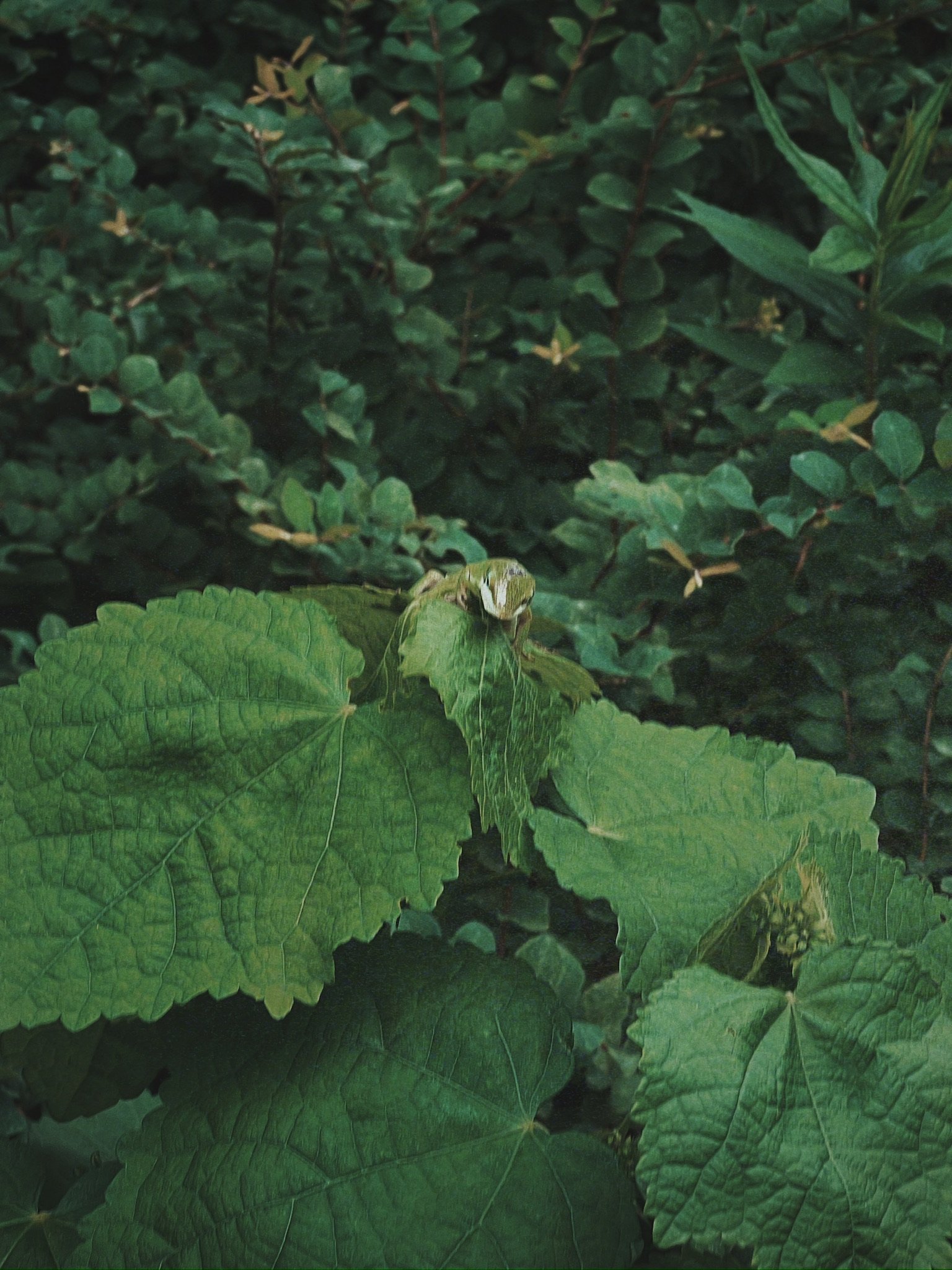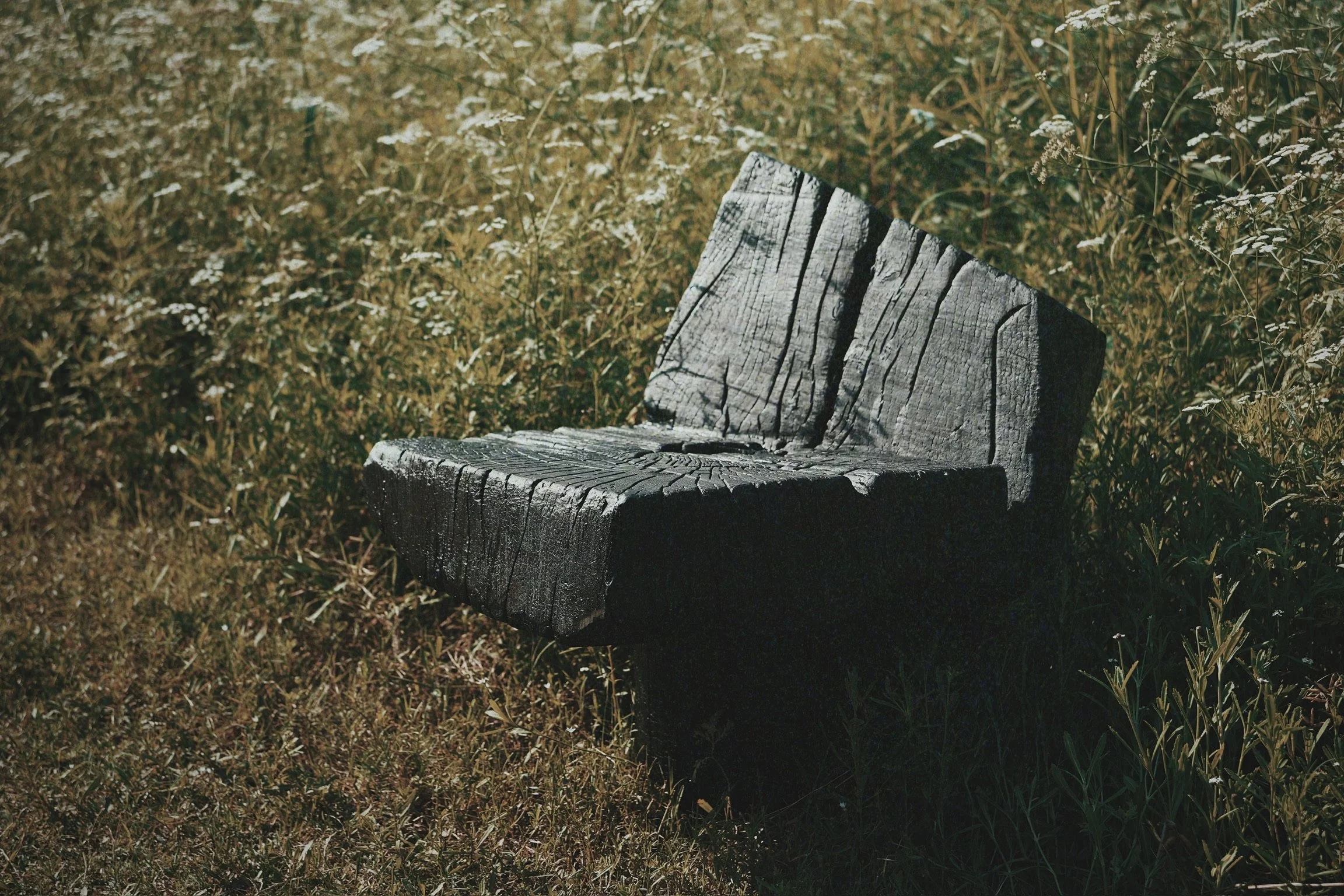yakisugi
objects
+ artifacts
The MR. TOMONOSHi! "Yakisugi" collection explores the gentle reshaping of nature into simple, functional, and aesthetic forms that can exist in our living rooms or gardens.
Crafting
Timeless Beauty
Utilizing the ancient Japanese technique of charring wood, known as Shou Sugi Ban, I transform each piece into a unique work of art.
This process not only preserves and enhances the natural beauty of the wood but also serves as a spiritual purification, reconnecting us with the stories and histories of the trees.
From tables and chairs to vessels and sculptures, each piece embodies the harmony between craftsmanship and the natural world, inviting a deeper connection to nature and its timeless beauty.
fire
and wood
In the gentle embrace of flame, nature's whispers are transformed into timeless art.
My Yakisugi practice and philosophy, born from the ancient Japanese technique of Shou Sugi Ban, celebrate the delicate dance between fire and wood.
Each piece, whether a table, chair, vessel, or sculpture, carries the soul of the tree from which it came, preserving its stories and histories.
The charred surfaces reveal intricate patterns, a testament to the beauty that emerges from transformation.
These objects + artifacts invite the observer to reconnect with the natural world, to find solace in the simplicity of nature's elegance, and to honor the silent tales of the forests.
In our living rooms or gardens, they stand as poetic reminders of our bond with Mother Nature, where imagination and craftsmanship meet to create harmony and beauty.
process
-
The choice of wood is a deeply philosophical decision. I believe that each piece of wood carries its own story, shaped by the environment in which it grew. By selecting wood that has been naturally presented to us by Mother Nature, I honor the life and history of each tree. This practice reflects a respect for the natural world and an acknowledgment of the interconnectedness of all living things. The wood I choose is not just a material; it is a living testament to the beauty and resilience of nature.
-
The charring process is both a technical and spiritual practice. Using traditional techniques, I carefully control the burning of the wood to achieve the desired level of charring. This process is a metaphor for transformation and renewal. The flame acts as a catalyst, purifying the wood and revealing its inner beauty. This step symbolizes the idea that through adversity and destruction, new life and beauty can emerge. It is a reminder that challenges and hardships can lead to growth and transformation.
-
After the charring process, the wood is brushed and finished to bring out its natural beauty. This step involves applying natural oils to protect the wood and enhance its texture. The finishing touches are a celebration of the wood's journey and transformation. By enhancing the natural patterns and textures, I aim to highlight the unique character of each piece. This practice reflects a philosophy of mindfulness and presence, encouraging both the creator and the observer to appreciate the intricate details and beauty of the natural world.































philosophy
The only two things we can offer Mother Nature are our imagination and our craftsmanship. Nature's beauty is simple. It does not seek understanding. We live with nature; nature does not live with us; however, there must always be a place for nature in our homes." This philosophy emphasizes the importance of living in harmony with nature and recognizing the stories and histories that each piece of wood carries. By preserving these stories through the Yakisugi process, we honor the natural world and our place within it.
The work embodies the spiritual essence of nature.
Each piece harmoniously fits back into the natural landscapes of the ecosystems in which the material was found, thereby reconnecting the observer’s inner nature with Mother Nature.
the
tables
The tables I create are more than just functional pieces of furniture; they are a celebration of the natural beauty of wood.
Each table highlights the unique grain and texture of the wood, brought to life through the Yakisugi process.
The charred surface adds depth and character, creating a striking contrast between the darkened exterior and the natural wood beneath.
These tables serve as centerpieces in any room, inviting observers to appreciate the intricate details and craftsmanship.
the
chairs
My chairs are designed for both comfort and style. The Yakisugi technique enhances the natural patterns of the wood, creating visually stunning pieces that are also durable and long-lasting.
Each chair is a testament to the transformative power of fire, with the charred surface providing a unique texture that is both tactile and visually appealing.
The chairs are not just seating options; they are works of art that bring a touch of nature into any space.
the
Vessels
The vessels I create are functional objects that also serve as decorative pieces.
The Yakisugi process enhances the natural beauty of the wood, creating vessels that are both beautiful and durable.
Each vessel is carefully crafted to highlight the unique characteristics of the wood, with the charred surface adding a layer of depth and complexity.
These vessels can be used for a variety of purposes, from holding flowers to serving as standalone art pieces.
objects
+ Artifacts
My objects and artifacts are where the spiritual essence of Yakisugi truly shines. Each piece tells a story, preserving the history and character of the wood from which it was created.
The charring process reveals the inner beauty of the wood, creating intricate patterns and textures that are unique to each piece.
These objects and artifacts serve as a bridge between the observer and the natural world, inviting contemplation and reflection.
They are not just objects; they are storytellers, preserving the voices of the trees and the landscapes from which they came.
Integration with
Natural Landscapes
One of the most profound aspects of my Yakisugi work is how each piece harmoniously fits back into the natural landscapes of the ecosystems in which the material was found.
By using wood that is native to specific regions, I create objects that feel at home in their natural surroundings.
This integration reconnects the observer’s inner nature with Mother Nature, fostering a sense of unity and harmony.
Whether placed in a garden or a living room, these pieces serve as a reminder of our connection to the natural world.














Spiritual
Connection
The emotional and spiritual connection that observers feel when interacting with my Yakisugi pieces is a testament to the power of this ancient technique.
The charred wood, with its preserved textures and patterns, evokes a sense of reverence and appreciation for the environment.
Observers often describe feeling a deep sense of calm and connection to nature, as if the pieces are whispering the stories of the trees and landscapes from which they came.
This emotional and spiritual connection is at the heart of my work, and it is what makes Yakisugi so enchanting.
objects + artifacts
psychology
-
The Yakisugi technique has a profound psychological impact on both the creator and the observer. The process of charring wood is a metaphor for transformation and renewal. It symbolizes the idea that beauty can emerge from destruction, and that through adversity, we can find strength and resilience. For the observer, the unique textures and patterns of Yakisugi pieces evoke a sense of calm and connection to nature, promoting mindfulness and tranquility. The tactile experience of touching the charred wood, with its intricate patterns and textures, provides a grounding effect, helping individuals feel more connected to the natural world.
-
The spiritual philosophy behind Yakisugi is deeply rooted in the respect for nature. As I often say, "The only two things we can offer Mother Nature are our imagination and our craftsmanship. Nature's beauty is simple. It does not seek understanding. We live with nature; nature does not live with us; however, there must always be a place for nature in our homes." This philosophy emphasizes the importance of living in harmony with nature and recognizing the stories and histories that each piece of wood carries. By preserving these stories through the Yakisugi process, we honor the natural world and our place within it.
-
Each Yakisugi object + artifact serves as a bridge between the observer and the natural world. The charred wood, with its preserved textures and patterns, tells the story of the tree's life and its transformation through fire. This connection to nature evokes a sense of reverence and appreciation for the environment, reminding us of our responsibility to protect and cherish the natural world.
-
The creation and observation of Yakisugi pieces encourage mindfulness and presence. The process of charring wood requires patience and attention to detail, fostering a meditative state for the creator. For the observer, the intricate details and natural beauty of the pieces invite a moment of stillness and contemplation, allowing them to fully appreciate the artistry and the natural world.
-
Fire, as a transformative element, plays a crucial role in Yakisugi. It symbolizes purification, renewal, and the cyclical nature of life. The act of charring wood with fire can be seen as a ritualistic process that cleanses and prepares the material for a new purpose. This symbolism adds a layer of depth to the pieces, imbuing them with a sense of spiritual significance.
-
Yakisugi promotes sustainability and respect for natural resources. By using wood that is often overlooked or discarded, we give new life to materials that might otherwise go to waste. This practice aligns with the principles of sustainability and environmental stewardship, highlighting the importance of making thoughtful and respectful choices in our use of natural resources.
The art of handcrafting sculptural furniture from found materials, such as fallen trees, requires a deep connection to both the material and the tools used.
To discover more about the Yakisugi Collections or to inquire about specific pieces please fill out the form below, and I will be delighted to assist you in finding the perfect piece for your home.
Thank you for your interest in my Yakisugi Objects + Artifacts.



















